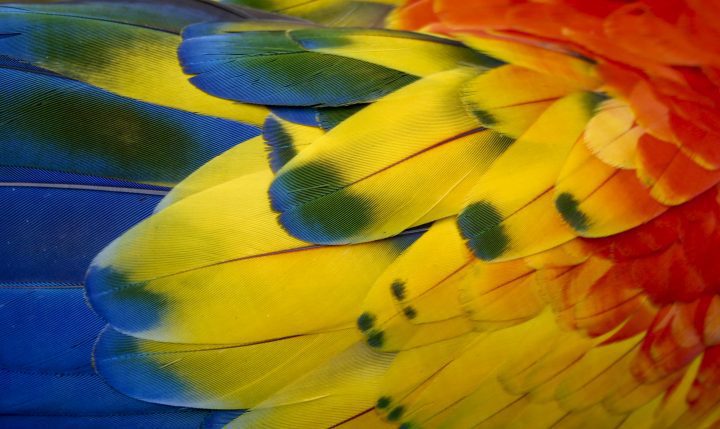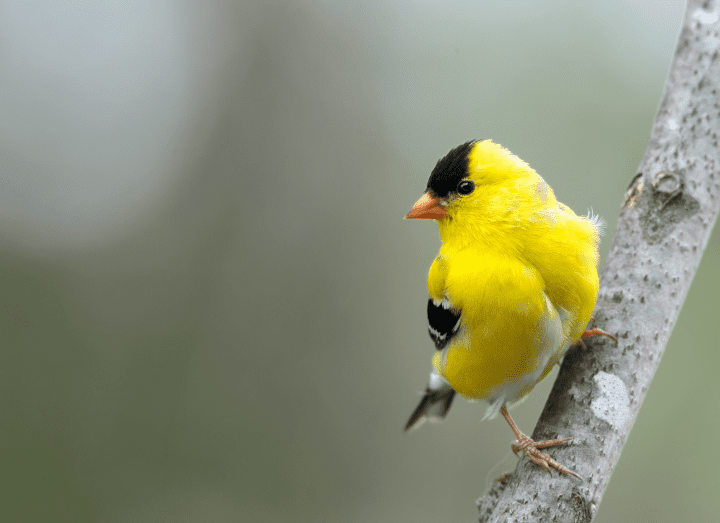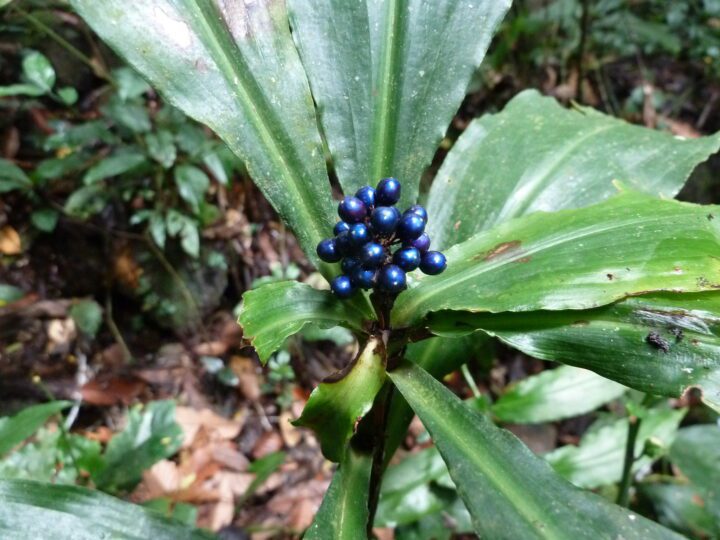“Ctenophores, comb-jellies or comb-jellyfishes, are common names for marine animals of the phylum Ctenophora. All parts of their deformable body, including muscles, are transparent. The refractive index of their tissues matches nearly exactly that of the salted water in which they live, consequently they are difficult to perceive, except under intense illumination, when the irregularities of their outer membrane produce some faint light scattering. The species Beroë cucumis has the form of oblong ellipsoids (a “cucumber” shape) with a mouth aperture in the forward swimming direction. Eight rows of locomotory cilia run along the body of the animal…These organs are usually much more easily visible than the rest of the body surface, due to the stronger light scattering which takes place on these protrusions. Moreover, the “comb”-rows appear to be brightly colored, showing an iridescence that rainbows across the whole visible spectrum as the combs beat for locomotion. As the rest of the paper will make clear, this is not related to any bioluminescence but can be understood as selective reflection from a two-dimensional photonic-crystal.” (Welch et al. 2006:041916-1)
Transform Radiant Energy (Light)
The sun is the ultimate source of energy for many living systems. The sun emits radiant energy, which is carried by light and other electromagnetic radiation as streams of photons. When radiant energy reaches a living system, two events can happen. The radiant energy can convert to heat, or living systems can convert it to chemical energy. The latter conversion is not simple, but is a multi-step process starting when living systems such as algae, some bacteria, and plants capture photons. For example, a potato plant captures photons then converts the light energy into chemical energy through photosynthesis, storing the chemical energy underground as carbohydrates. The carbohydrates in turn feed other living systems.
Send Light Signals in the Visible Spectrum
The visible spectrum is the portion of the electromagnetic spectrum that the human eye can detect. Visible light can be thought of in two ways–light as illumination (such as that used by fireflies) and colors that result from light being absorbed or reflected. Living systems use light for a variety of purposes. Sometimes, they use it to make themselves highly visible (like a peacock showing off his brilliant feathers to a potential mate). Other times, they use it to become virtually invisible (like an owl hiding in plain sight when it rests during the day). When a living system sends a light signal, it must create that light or color in an energy- and material-efficient way. Living systems create and enhance color using such strategies as non-toxic pigments, structures that bend and absorb different wavelengths, and chemical processes that create bioluminescence.

Jellyfish
Subphylum Medusozoa (“serpent-haired monster animals”): Jellyfish, box jellyfish, hydrozoans
Medusozoans spend at least part of their life cycle in the medusa stage, where they form a bell-like shape with tentacles, allowing them to move freely. Within this subphylum, Class Scyphozoa (“cup animals”) include true jellyfish that have a thick, gelatinous body and live their adult lives as medusa. There are a few hundred species of scyphozoans. Class Cubozoa, often called “box jellyfish” get their name from their cube-shaped bodies, may be incredibly venomous, and have complex eyes, which are unusual among cnidarians.






